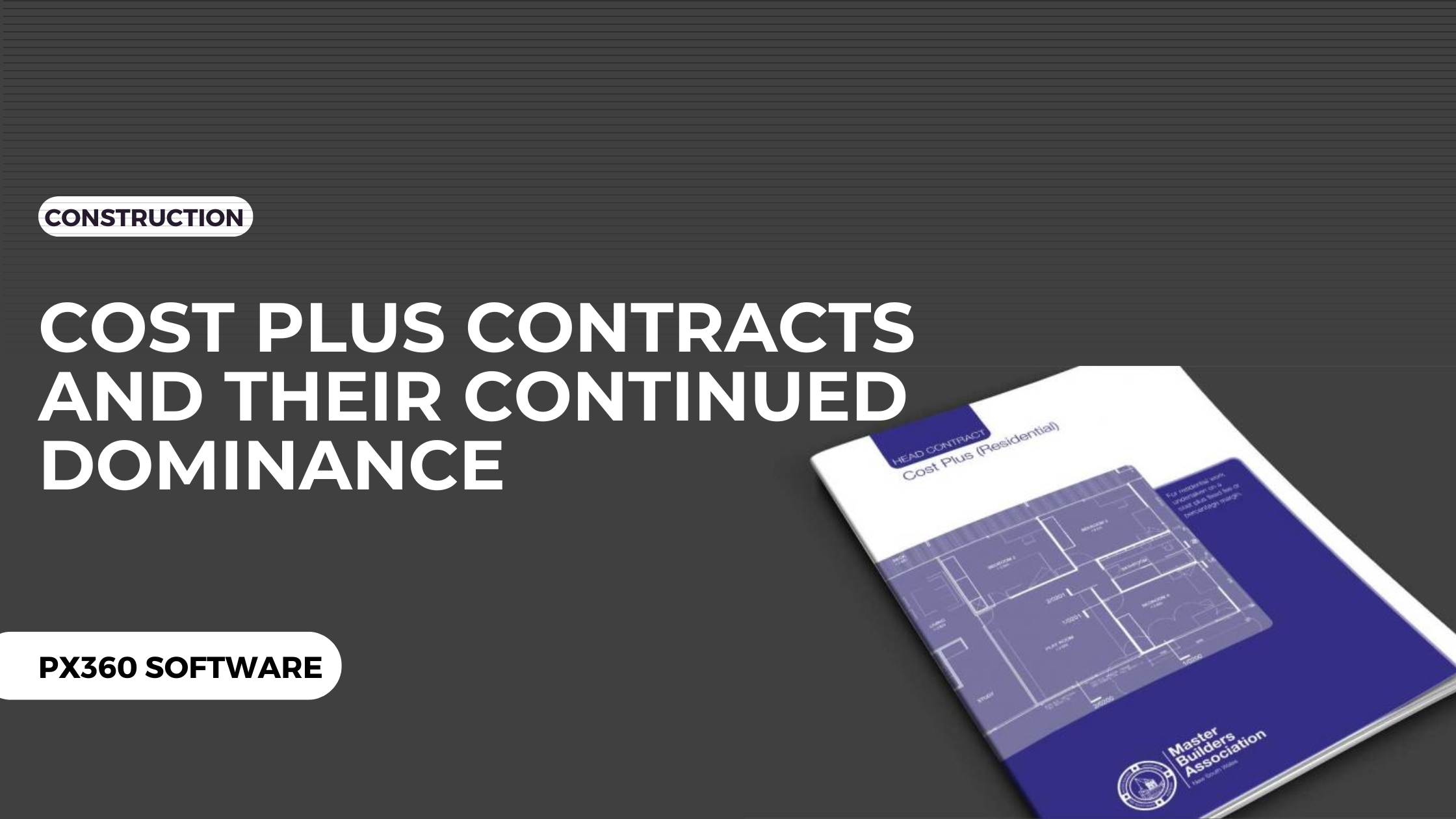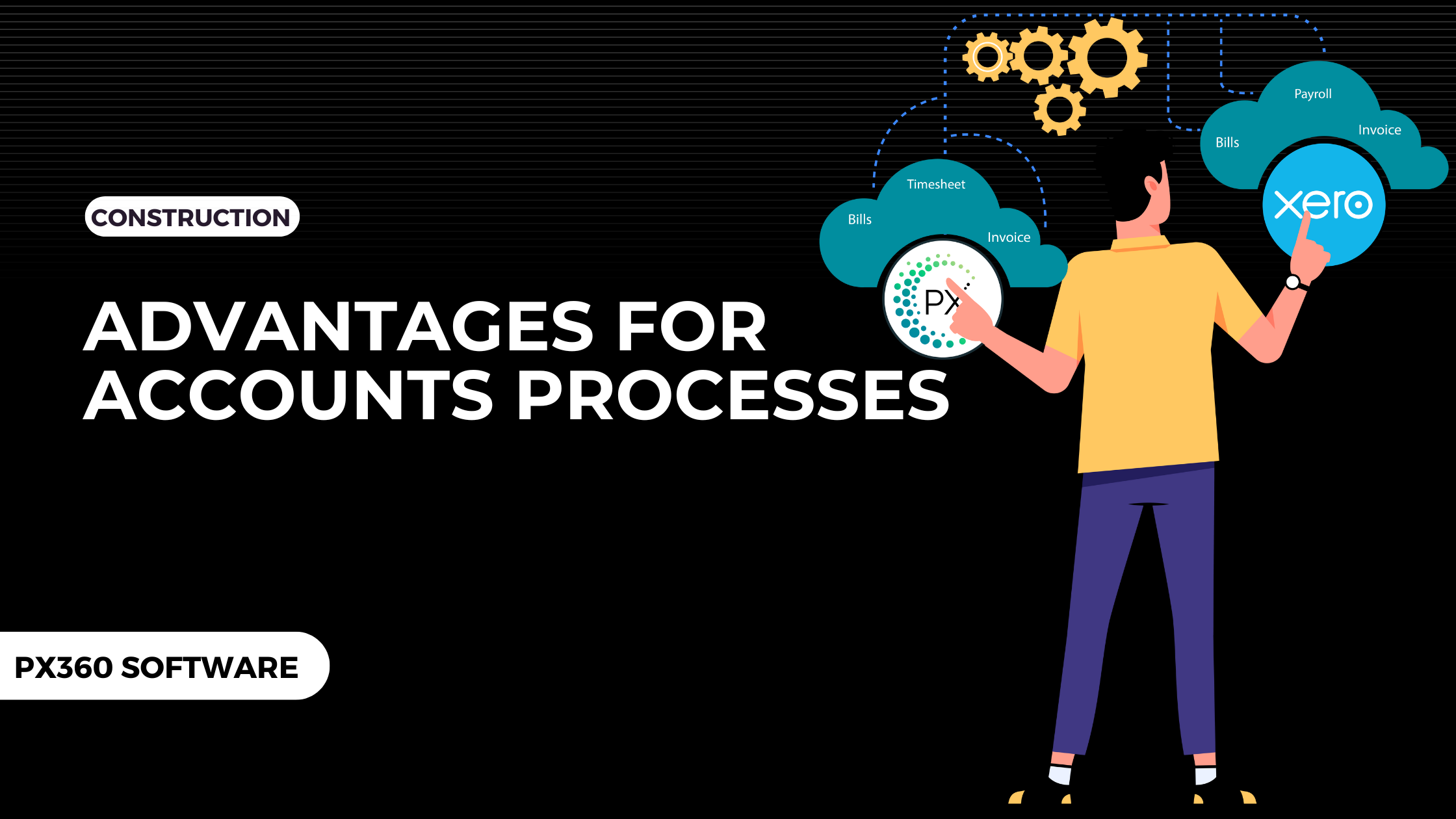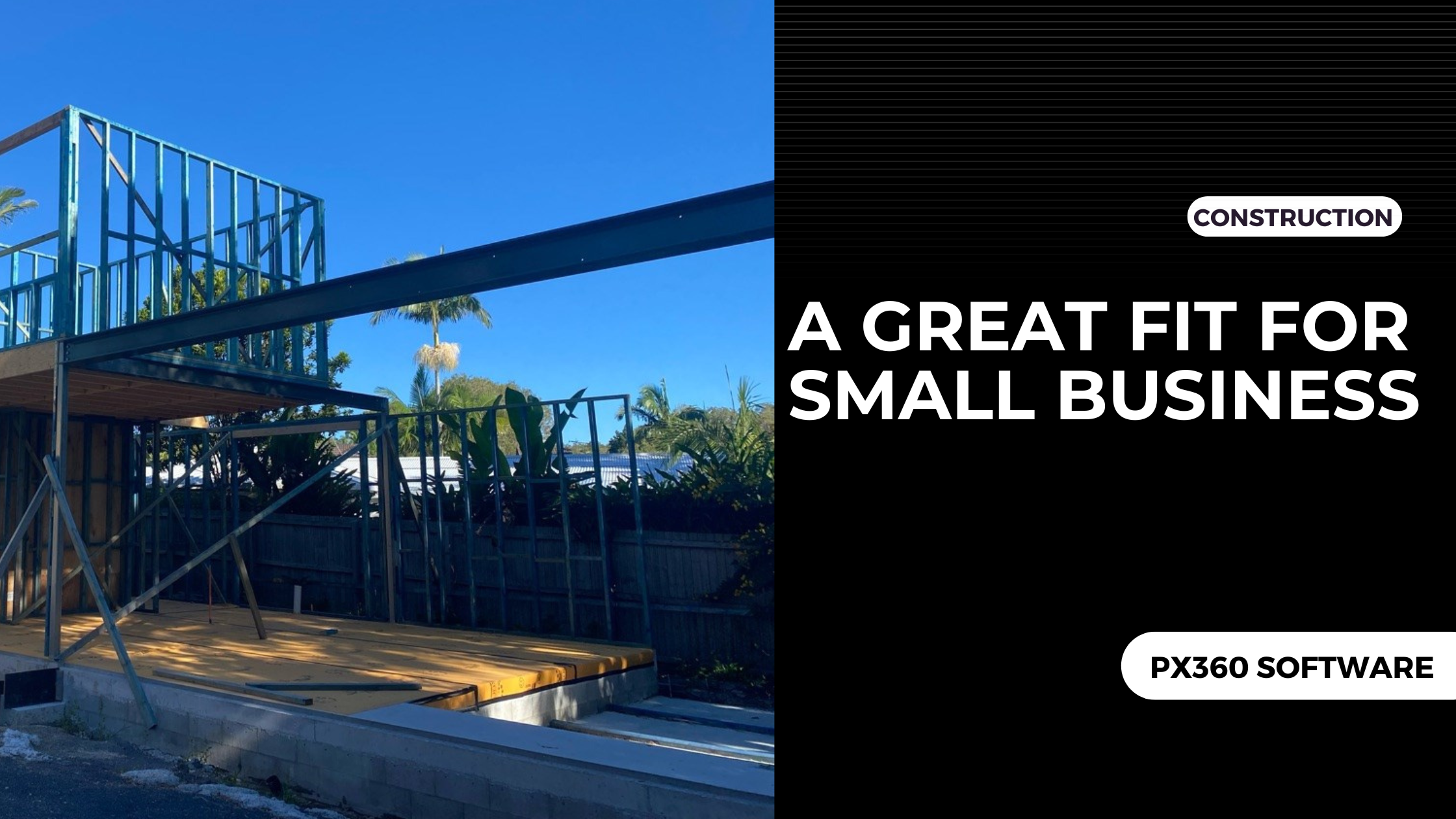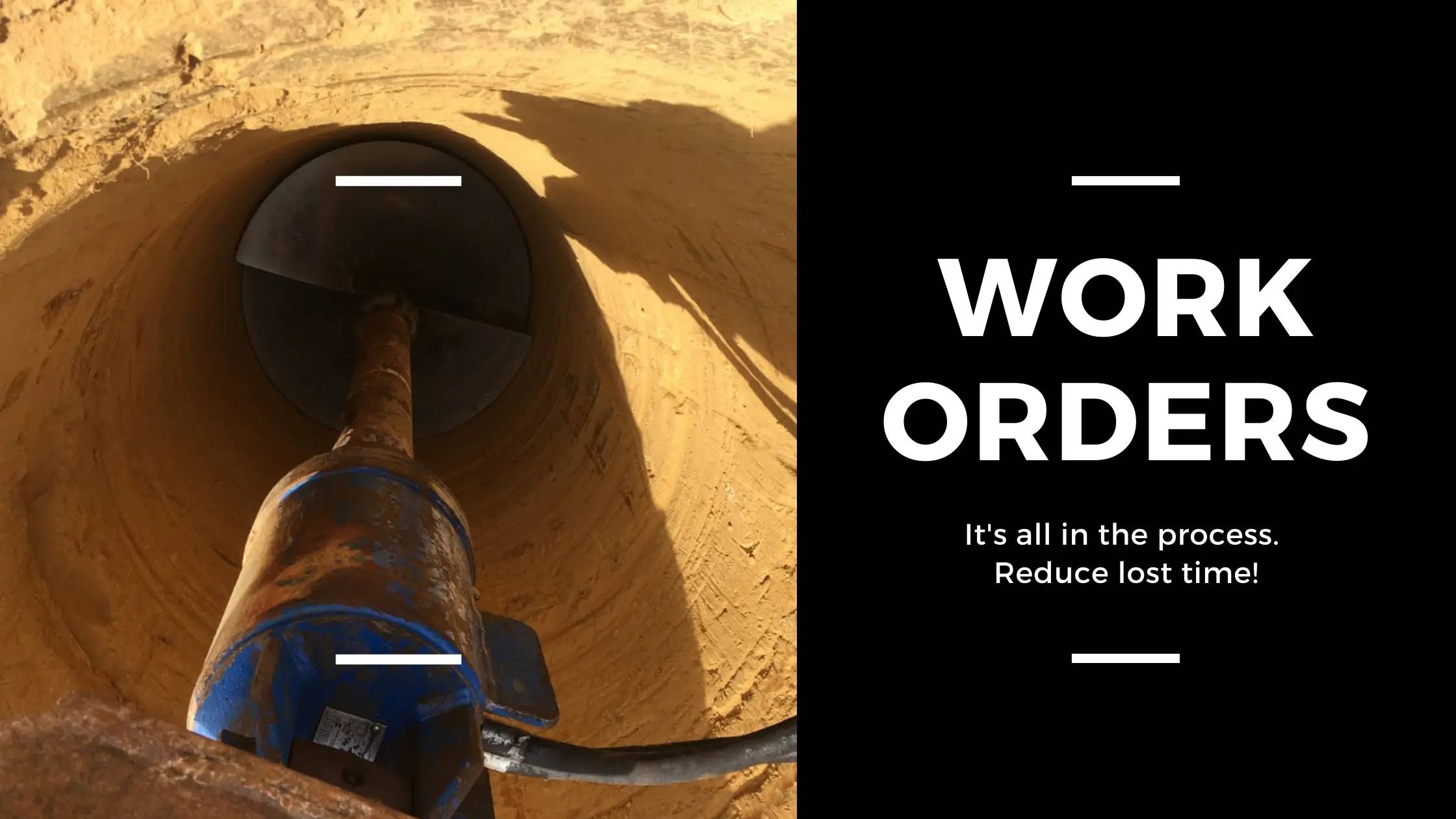Cost Plus Contracts and Their Continued Dominance in Residential Constructions
Traditionally Fixed Price contracts were the preferred contract type over 90-95% of the time during
the last ten years. This is where the builder provides a “fixed price” quote for all materials, labour, and
equipment required to complete the build, including overheads and profit margins. This made sense
in a landscape where the competitive tender was seen as the most important means of justification
of price and selection for a given builder.
Fixed price contracts create their own problems, given the large contrast between the cheapest prices
and the most expensive in a lot of cases. Such varied prices can stem from a challenging level of scope,
the builders themselves, the size and experience of their management teams, the need to supplement
projects with contractors, or due to labour charge-out rates and margin percentages. The ability to
quote a project accurately can also affect the quality of tender comparison.
“Contract types within the residential construction industry have had a large change of preference
since COVID 19 and the Ukraine war. A massive swing and favour towards Cost Plus contracts,” says
Tom Heneker, Director and Founder of PX360 Project Management Software. “Across the market,
there was such a large amount of new project work coming through the system, that the quality level
of documentation and the homeowner’s intent to spend money on quality documentation was on the
decline,” admits Tom.
This created a divide with builders pushing for Cost Plus contracts with scope clarity falling short,
increasing the builder risk. With a higher obligation for administrative needs, homeowners lacked the
ability to handle this type of ongoing commitment to the project administration, while the added costs
to engage architects had homeowners consistently pushing for Fixed Price contracting.
Add COVID 19 and economic instability brought on by various wars, and the industry saw a new level
of uncertainty in the ability to forecast materials and contractor costs. They deemed a Fixed Price
contract, where the level of costs could not be accurately established, too risky to venture into.
So Where Are Contract Types Going In The Next Few Years?
Tom said that during this time of COVID 19, his estimating consultancy business, Econstruct
Consulting, had to tackle this frequently by needing to have direct manage price updates weekly in all
areas of the build, from materials and contractors, right down to the type of timber used. “Scarce
timbers drove up prices and availability of other products which led an inability to lock in any lead
times. This makes estimating projects more challenging than ever and builders having to put current
building projects on hold while materials are sourced. The relationships with suppliers become more
critical than ever.” Tom explained.
Naturally Cost Plus contracts started to gain traction, with the Master Builders Association (MBA) and
the Home Improvement Association (HIA) pushing solely for Cost Plus contracts, which finally started
to turn the wheel of dominance.
Cost Plus contracts, however, can leave homeowners with mixed emotions, feeling uneasy walking
into a contract that doesn’t have a set price point, whereas builders see it as an opportunity to reduce
risk in tricky times. Cost Plus comes with the builder’s obligation to set the budget point early while creating and maintaining open transparency of communication and reporting lines with homeowners.
This took many builders by surprise because projects were now management-heavy, requiring
frequent, quality communication to be added to the volume of daily work.
What Are The Key Points of Cost Plus Contracts?
To prevent builders from struggling, all Cost Plus contracts should consider the following:
- High-quality estimates are required before the project commences. This means a highly
detailed and structured estimate that forms the basis of future client budget management. - The ability to understand project timeframes and milestones while factoring in
procurement. This allows for more advanced questions to be raised ahead of time. - All parties must have a complete understanding of the contract, how it will be reported,
managed week to week and what outcomes need to be achieved prior to starting. - Do not rush steps 1-3.
- Use project management software like PX360. It provides the builder with a powerful tool
for tracking labour that integrates with their accounts system for other build costs, enables
contract administration, and removes duplicate expense entries while providing detailed
reports and forecasts. - Utilise a system that can manage new scope and major scope changes with the use of
variation administration. The ability to understand the originally estimated scope vs. the
updated scope is important to tell the story of change over the building process. - Keep a consistent method of communication and reporting throughout the project.
- Builders should get help early and often. If something falls behind or something changes
within the organisation, having administrative support is crucial. PX360 is one of the only
project management software that has a project support administration service that can be
used as part of your build team management structure or to create some structure around
reporting and administration needs.
“Material prices and labour rates through the start of 2023 are already impacting building costs.” says
Tom. “We should see greater stability across the backend of 2023 and into 2024.”
The availability of materials has normalised and the economy is starting to show some more consistent
signs of cost stability, which should lead to Fixed Price contracts becoming part of the building
landscape once again. But we cannot discount Cost Plus as a contract type that is here to stay and to
be relied upon as conditions require. Each contract type has its place in the residential building market
based on the difficulty of the project, level of construction documentation, clarity around build scope,
and the appetite for risk by the homeowner and builder being key points in deciding which is most
appropriate.




